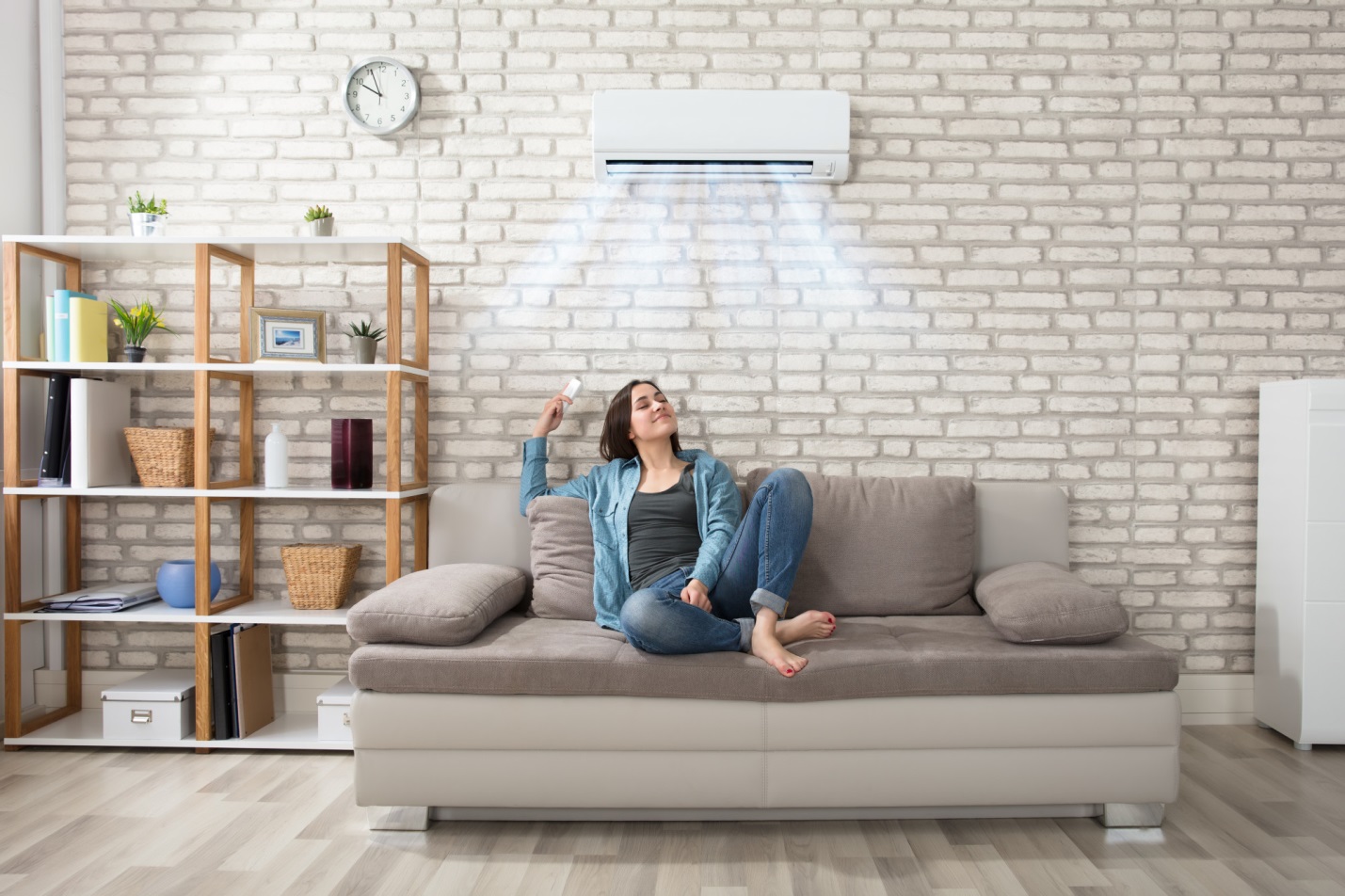Starting January 1, 2020, it will be illegal to produce or import the most commonly used refrigerant for air conditioners. The experts at Donley Service Center want home and business owners to understand what’s at stake and avoid getting ripped off.
The Environmental Protection Agency (EPA) is phasing out hydro chlorofluorocarbon (HCFC-22), also known as R-22, because it depletes the Earth’s protective ozone layer. R-22 is a principal component in the trade-named refrigerant ‘Freon’.
Starting January 1, 2020, consumers who need R-22 (Freon) will have to rely on whatever supply remains. Since new R-22 (Freon) will no longer be produced, quantities have become more limited and expensive.
Mike Donley, president of Donley Service Center, has seen prices increase 50 percent over the last couple years. Unfortunately, he’s also seen companies use scare tactics to pressure people into buying new A/C units.
“Consumers should be cautious about ads that imply you must have a new A/C unit,” he says. “You need to weigh the costs of repairing and replacing.”
On January 1, 2010, the EPA banned the production and import of R-22 (Freon) except for servicing needs of existing equipment. If your AC or heat pump was built and installed before January 1, 2010, there’s a good chance that it uses R22 refrigerant. Your equipment may have a label that identifies the type of refrigerant type used, but it’s a good idea to ask your licensed professional AC or heat pump dealer for confirmation.
Donley says owners of older air conditioning units that rely on R-22 (Freon) have three options:
• Use alternative refrigerants that involve a blend of different types. Technicians must be trained in this method.
• Install a potentially pricey conversion refrigerant.
• Buy a new unit. (The average unit in Arizona lasts 12 to 15 years)
According to the EPA, new energy-efficient air conditioners can significantly reduce energy costs. The higher the seasonal energy efficiency ratio (SEER), the more efficient the system. A central air-conditioner that’s earned the ENERGY STAR® label is at least 14 percent more efficient than a new standard system.




